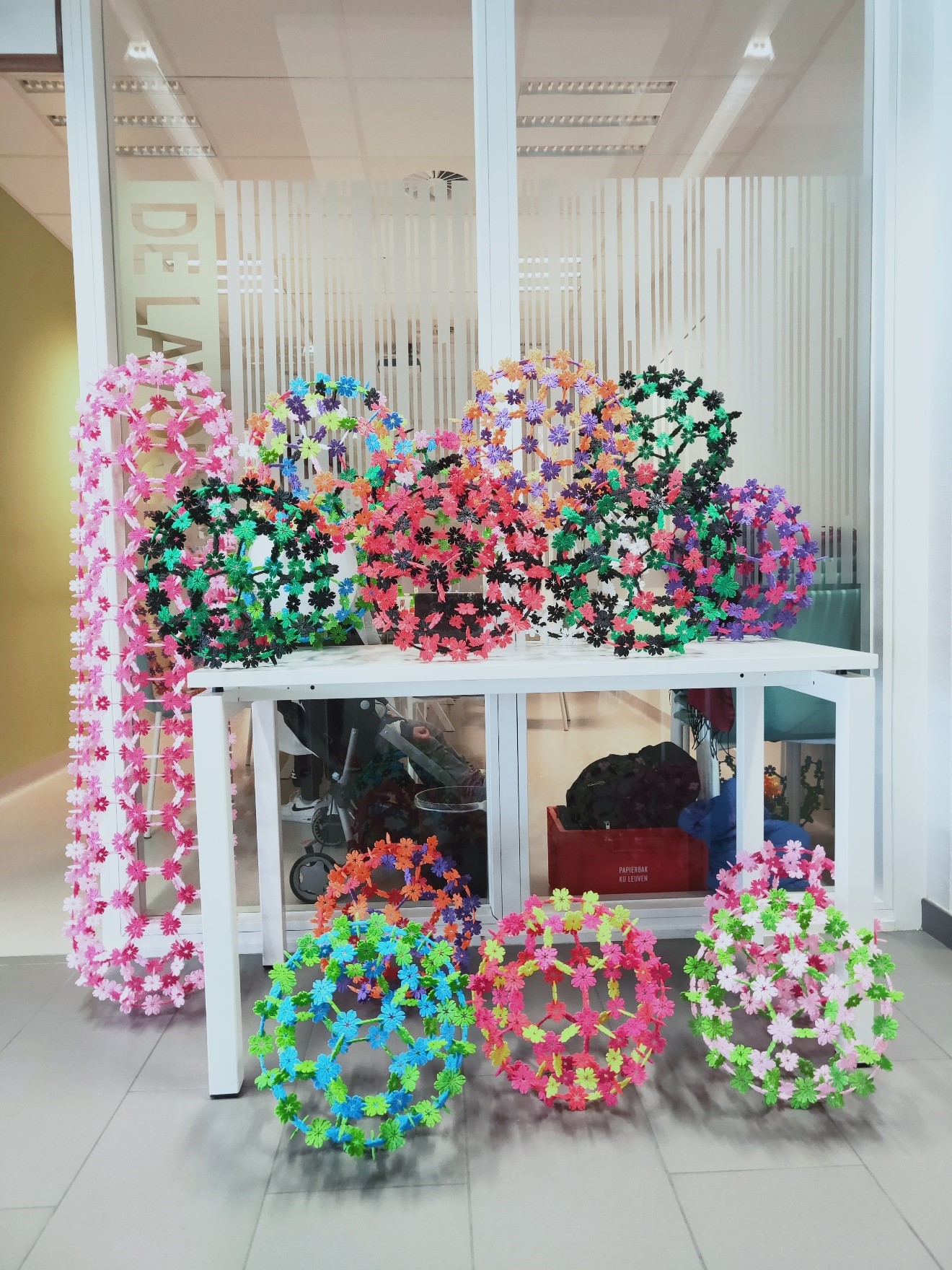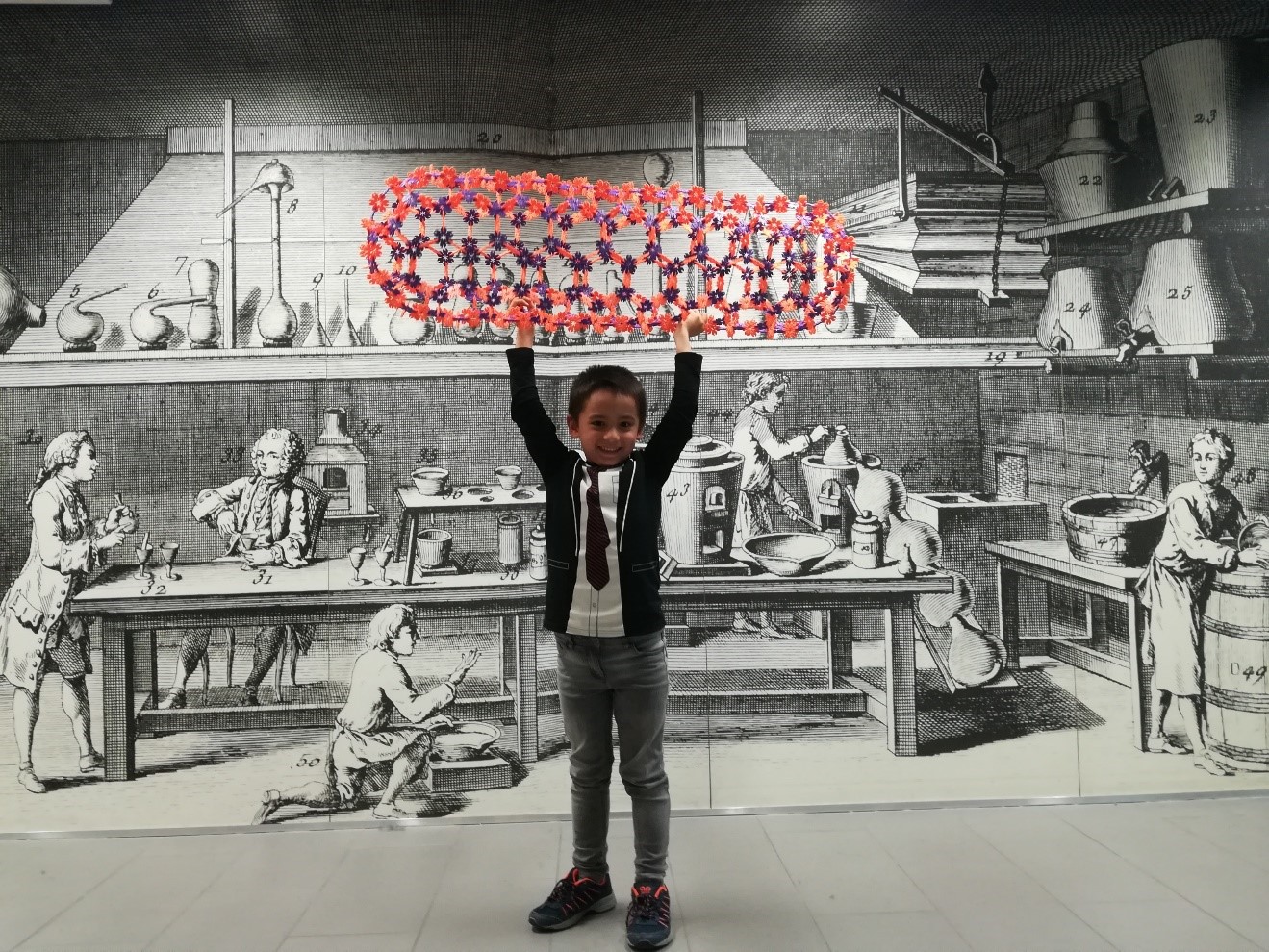Interlocking Disks (ILDs) are relatively new toys on the market and they are one of the fastest emerging toys in the world. ILDs become instantly recognizable and have a growing fan base. However, have you ever thought that there are educational benefits of ILDs?
Through ILD Education we cooperate with educators and parents over the world to develop discovery-based and teaching experiences at home and in the classroom that bring learning concepts to life. To many people, ILDs are just simple toys and the educational benefits of playing with these colorful multifold symmetrically grooved disks are not always clear. We have identified several key concepts of creating, programming, and crafting with ILDs. The details are given below.
Motor skills with ILDs
Little children practice dexterity when connecting ILDs. Connoting the different sizes and symmetries of ILDs require different amounts of pressure in order to assemble into a structure. This gives a wonderful exercise for little fingers which supports children in being able to control the pressure they apply later on in school while writing.
Teamwork with ILDs
Through playing with interlocking toys children learn how to share and take turns. When working together on ILDs construction, children have to agree on the general idea of their play – is it a ball, is it a pumpkin or is it a spaceship? During the game, children follow each other’s lead and start to understand how different ideas can make meaningful contributions and extend their play. During playing children also learn how to negotiate and share responsibility in order to enjoy good social experiences.
Creativity and Esthetics with ILDs
ILDs come in many shapes and colors and can be used towards the programming of intricate structural designs. When building with ILDs, children foster their creativity and imagination as virtually there is no limit on what they can build with the ILDs. On the other hand, by building symmetrical structures children get idea on esthetics as they develop eye for spotting irregularities and inconsistences. A combination of colors and imagination provides much space where there is no right or wrong, so children continue exploring without fear of failing.

ILDs develops problem-solving and mathematical thinking
Ideas of symmetry, strain, shape sizes can be explored during play with ILDs. By arranging particular rules and structure design, ILDs provide many benefits for children’s problem solving, focus, and attention to detail. Children experience structure programming reminiscent on that in nature where small pieces interlock into new modular subcomponents with different connectives then the original pieces. They learn how to connect the new subcomponents into structures that are of high interest in Science Technology Engineering and Mathematics (STEM) education.
Improvement of Communication Skills with ILDs
Working with ILDs provides a great way to relieve stress and engage in meaningful and joyful conversations. As children comment on their ILDs creations, they develop important communication skills including the ability to “break down” easily explain their ideas, describe their work, talk about the modeling process, and verbally communicate the challenges they had to overcome.
Developing Persistence with ILDs
ILDs can be used in constructing man scale objects. When constructing big, there are more and more pieces needed, there is a significant increase in manual work, requirement for modular units and if not programmed correctly, large scale structures can fail. ILDs teaches the children the importance of persisting with the aim to see their vision realized. In this regard, ILDs encourage children to have a try, take the time needed, and persevere. As the dexterity and the spatial thinking of the children improve, children can create more elaborate construction and follow complex designs.
Improving Self-esteem with ILDs
Connecting small pieces of ILDs to create a final product that follows a child’s vision can be challenging. As ILDs also provide discovery-based learning, new structure discovery represents an engineering achievement that can significantly improve the self-esteem of the child. When achieving this task, children can get an immense sense of satisfaction that is obvious in their mood and as they proudly show their competed work. This has an immensely positive effect on a child’s self-esteem.

Developing Spatial Thinking and Engineering skills with ILDs
Sometimes building complex architectures with ILDs can require the following of instructions that may be challenging. However, it does help children to develop spatial thinking skills and manage better planning of the structure-building process. In addition, when working with various different pieces and modular units, children develop “fingertips feeling” on the structure stability, which is helpful as it nurtures early engineering skills and insights for little children. When faced with an assembly problem, children have to retrace their steps, examine and analyze their structures in order to find parts that need fixing.